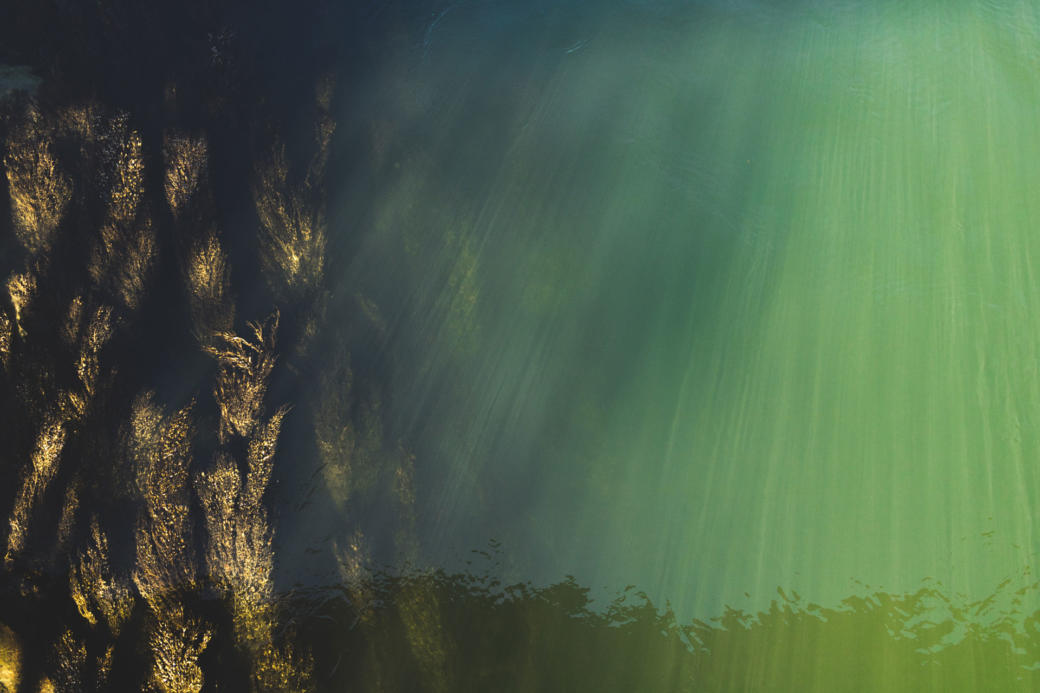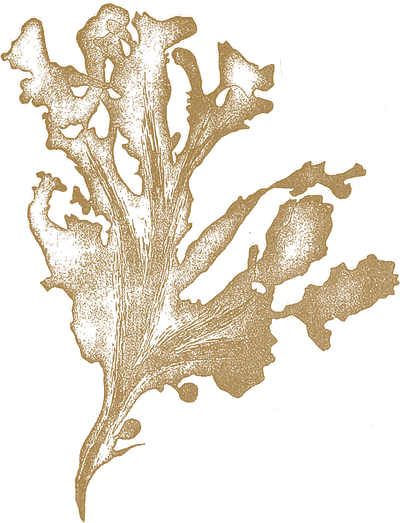
Regarding the cultivation of algae in open systems, the National Strategic Plan for Sustainable Aquaculture (PNSDA) stated in 2016 that “No production goal in terms of quantity is proposed for this emerging sector which reaches only 60 tons per year in France”, negligible compared to the world market with 15 million tons per year (mainly produced in Asia).
One can only express a vision of algae aquaculture in France by considering the number of active projects involving algae farms and the aimed potential production volumes. However, these perspectives depend on the occurrence and combination of favorable parameters such as having access to the production sites, the right choice of species and mastering cultivation methods which comply with downstream markets and natural farming conditions.
Only recently have we observed an increasing number of professionals who are settling and developing land based micro-algae (spirulina), macro-algae and halophytic plants cultivation systems by using their traditional cultivation model (experimenting with new species, market tests, …), and sometimes incorporating phyto-purification modules for treating their effluents.
Algae cultivation in open or closed systems depend on the considered species, whilst the control of algae growth parameters requires combined knowledge in biology and in ecophysiology and a specific know-how of cultivation methods. Regarding these needs, the CEVA has focused its skills on:
- developing and optimising farming methods and techniques,
- evaluating the production potential of certain species of algae
- developing a sustainable supply of quality raw material in sufficient quantity, while ensuring its traceability and respecting the environment
- characterizing, developing and supporting sustainable management of “algae” as a natural resource (see Water Quality / Coastal Environment and Biodiversity) notably through the establishment of culture collections dedicated to cultivation in order to better meet partner’s and customer’s needs.

